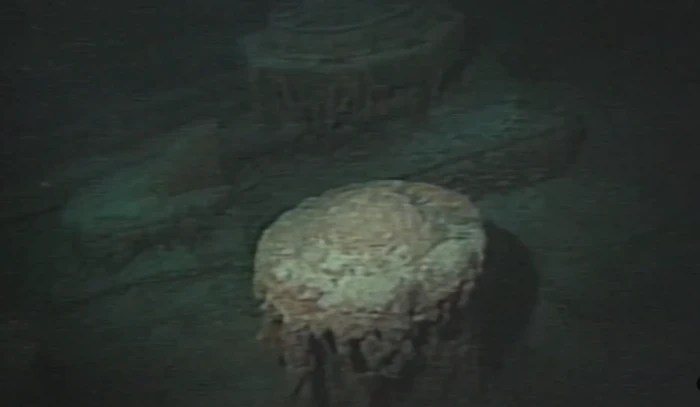More than a century after the RMS Titanic sank beneath the icy waters of the North Atlantic, one mystery continues to intrigue experts and the public alike — why have no human remains ever been discovered among the wreckage? Despite decades of exploration and dozens of dives to the site, no skeletons have ever been found — and science may finally explain why.

Unseen Titanic shipwreck footage from the bottom of the ocean, Photo Credit: IFLScience/Youtube
Discovered in 1985, the Titanic rests roughly 12,500 feet below the surface — a depth that presents enormous challenges not just for divers and submarines, but also for the preservation of anything organic. According to oceanographers, the ship lies far below what’s known as the “calcium carbonate compensation depth” — a point in the ocean where bones, shells, and other calcium-based materials begin to dissolve due to the chemical makeup of the deep-sea water.
Deep-sea explorer Robert Ballard, who led the expedition that found the Titanic, told NPR that this environment makes bone preservation virtually impossible. “Once scavengers remove the flesh, the bones are exposed to water that’s undersaturated in calcium carbonate,” Ballard explained. “At that depth, they dissolve completely.”





